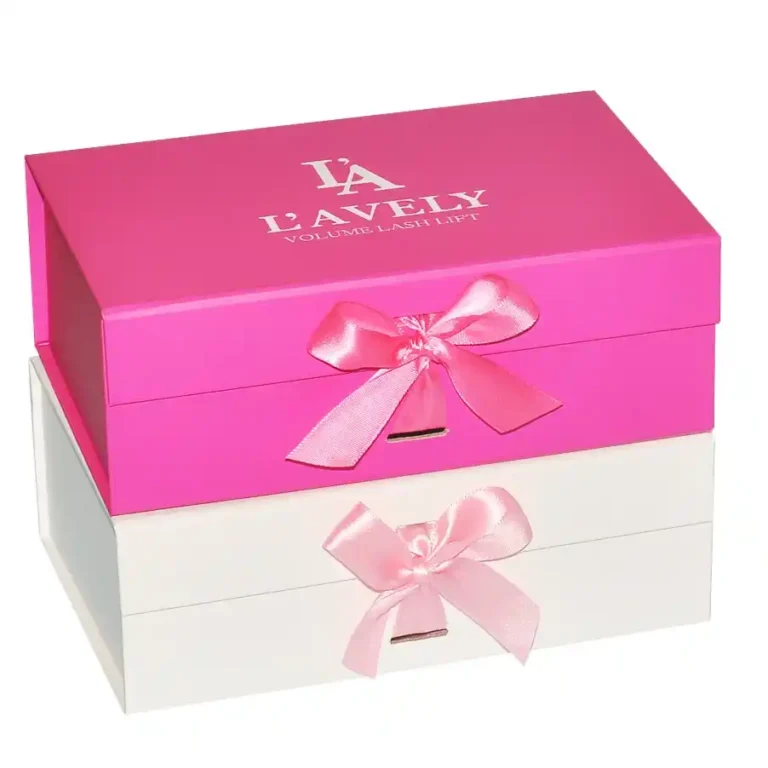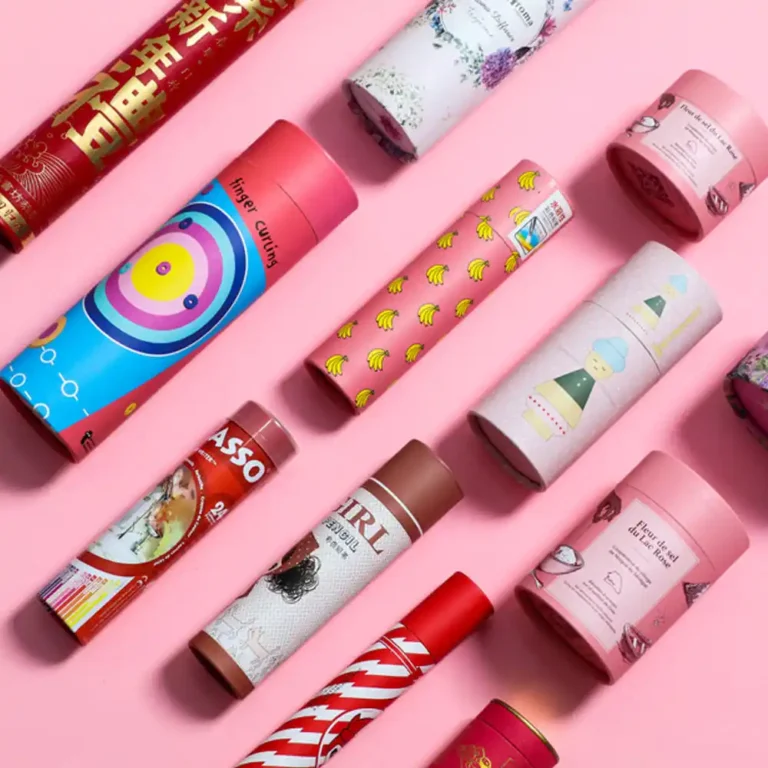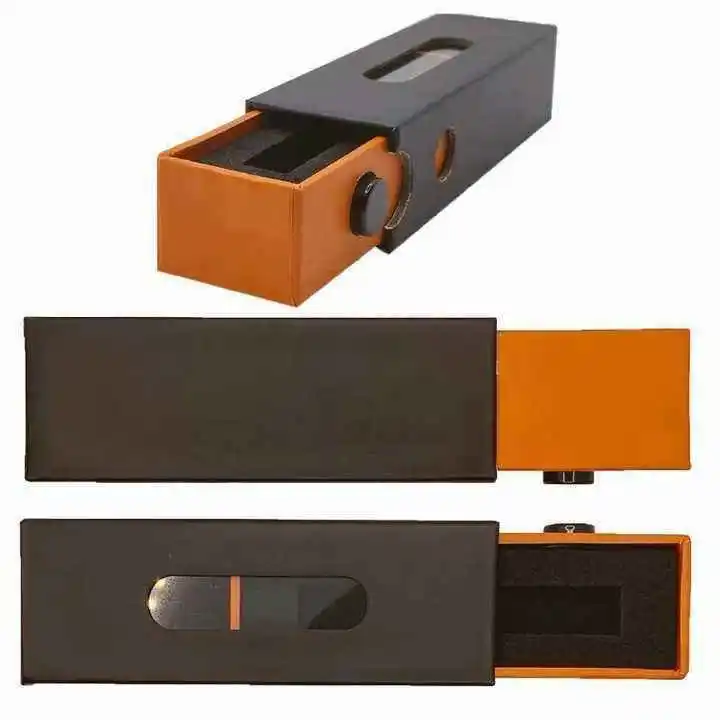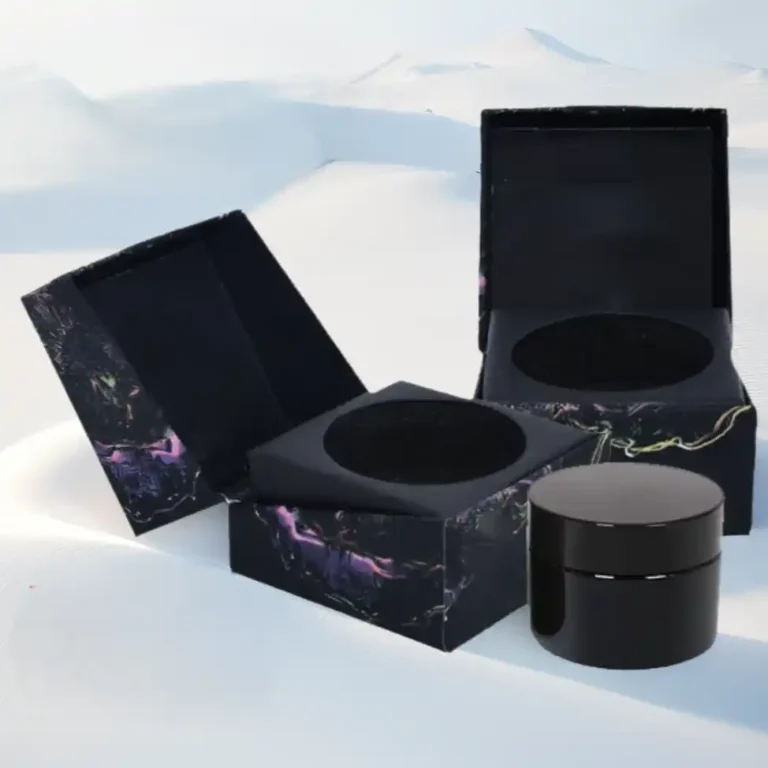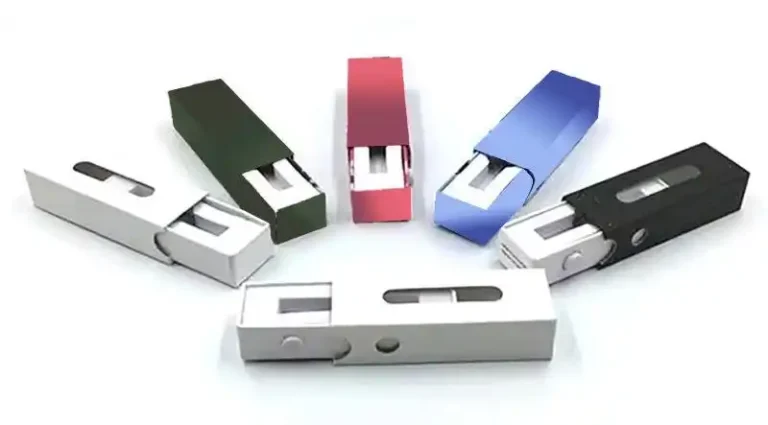How Does Sustainable Packaging Change the Future of Packaging
If I were your box, I’d smooth my paper collar and whisper: I’m not just a wrapper—I’m your values you can hold. Sustainable packaging isn’t a side quest anymore. It’s the map for how brands win trust, cut waste, and keep products happy from factory to front door. Here’s how “going green” is quietly rewriting the future of packaging—and what to do about it right now.
Table of Contents
What We Really Mean by “Sustainable Packaging”
Sustainable packaging is a system, not a single material. It balances three things at once: product protection, user experience, and enviromental impact. In practice that looks like fiber-first structures, mono-material thinking, right-sized cavities, cleaner inks/coatings, and humble, readable labels. For an industry starter kit, scan modern forms inside cannabis packaging and build from there.
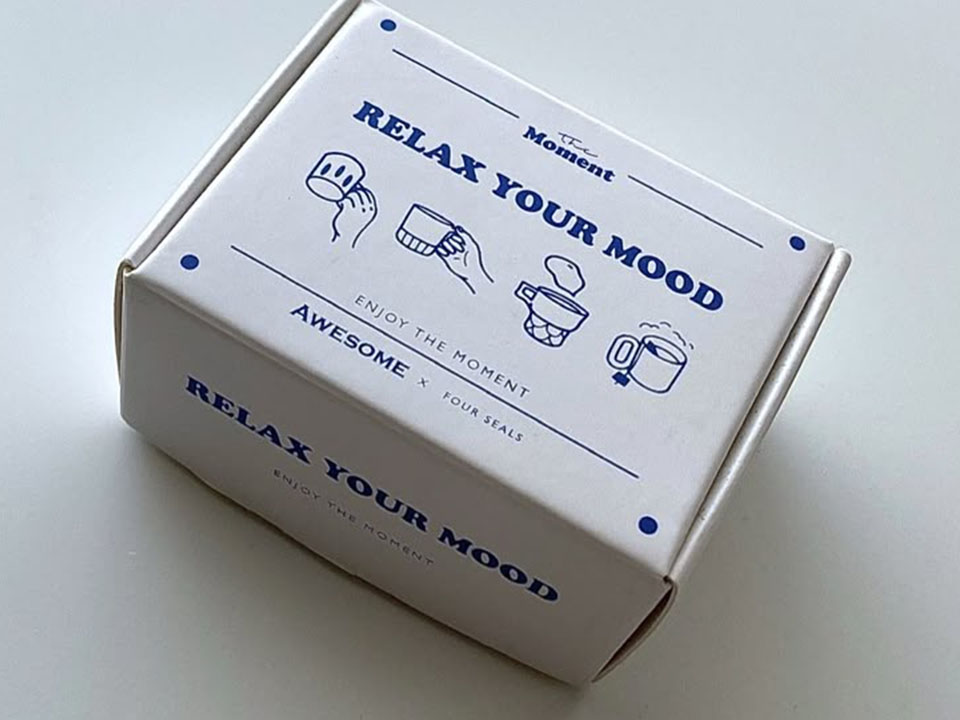
Why It’s Reshaping the Whole Category
- Consumers feel it by hand. Lighter boards, fewer laminations, clear recycle cues—it just make sense.
- Retailers see fewer damages. Better inserts and stronger corners mean less return pain.
- Regulators notice safety. Child-resistant systems that stay kind to seniors are the new normal; browse the hub of child-resistant packaging for proven motions.
The Three Big Levers
1) Design for Real Recycling
Mono-material where possible, minimal films, water-based finishes, and components that separate easily. Cylindrical fibers in paper tube packaging or flat die-cuts in folding cartons keep recovery simple while still printing beautifully.
2) Right-Sizing as Strategy
Oversized packs ship air, eat shelf space, and feel wasteful. Trim the cavity; choose inserts that actually hold the product (no maraca rattle). For e-commerce and delivery, pair inners with printed corrugated boxes sized to fit, so protection and branding travel together.
3) Product Protection = Sustainability
Green isn’t “less”—it’s “less loss.” Flower, oils, and edibles need defense from oxygen, light, and heat. Use layered systems (jar or blister inside; fiber outer outside) to preserve flavor and potency. See snug, low-rattle builds in concentrate packaging boxes that protect jars and keep labels readable.
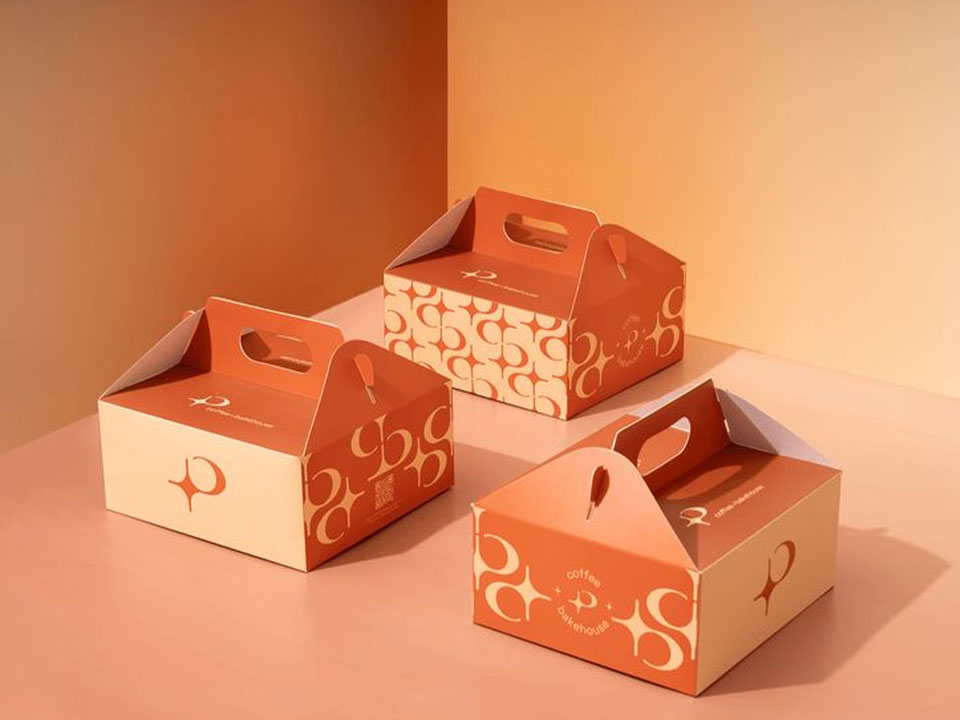
Materials That Are Actually Working
- Responsible fiber boards with water-based coats (crisp print, easier recycling).
- Minimal spot effects (foil/UV where it earns attention, not everywhere).
- Bio-forward upgrades when fit for purpose—explore sustainable CR extract boxes and biodegradable concentrate boxes that marry structure with safety.
Senior-Friendly ≠ Less Safe
“Hard for kids, easy for adults” is the tightrope. Favor two-step motions (press-and-slide), tactile nubs, and biggish type so older hands don’t fight the pack. Keep this open logic consistent across your line; once customers learn it, everything feels smoother. You can explore more patterns on the homepage or jump straight into CR formats.

How Sustainable Packaging Changes Teams, Not Just Boxes
- Design gets earlier data: dimensional targets, label zones, and “how-to-open” micro-copy (two verbs, one arrow).
- Ops gets faster pack-outs: stable diameters and repeatable die-lines reduce headaches.
- Brand earns credibility: honest materials and clearer disposal icons build authentic loyalty.
A Simple Roadmap You Can Start This Week
- Map current materials; remove one laminate or film layer immediately.
- Standardize board weights across SKUs to simplify sourcing.
- Adopt one consistent open/close logic, documented on dielines.
- Reserve a clean zone for batch, QR/serialization, and warnings.
- Pilot with real units and real users (gloves, low light, cold hands).
- Track damages/returns for 60–90 days; adjust inserts before scaling.
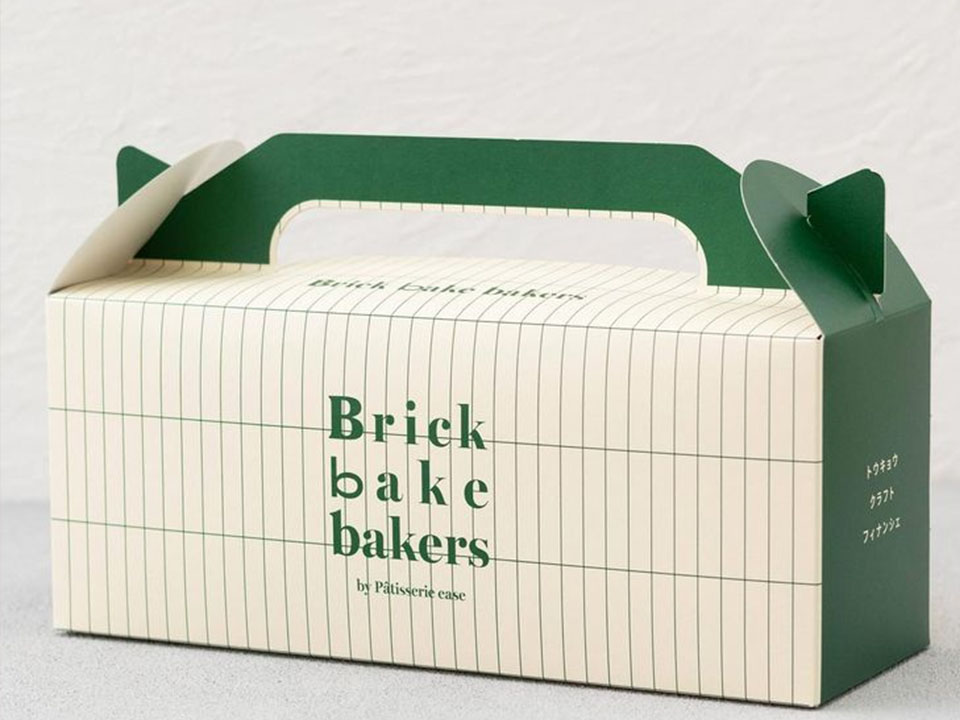
Where to Explore Next
- Category baseline: cannabis packaging
- Safe by design: child-resistant packaging
- Fiber cylinders and travel-smart: paper tube packaging
- Flat, efficient structures: folding cartons
- Jar + tray protection: concentrate packaging boxes
- Ship safe, brand loud: printed corrugated boxes
- Next-gen eco builds: sustainable CR extract boxes, biodegradable concentrate boxes
- Start at the friendly front door: homepage
I’m the box talking, but you’re the brand choosing. Build me lighter, clearer, and kinder. I’ll repay you with fewer returns, less waste, and customers who feel good choosing you again tomorrow.






